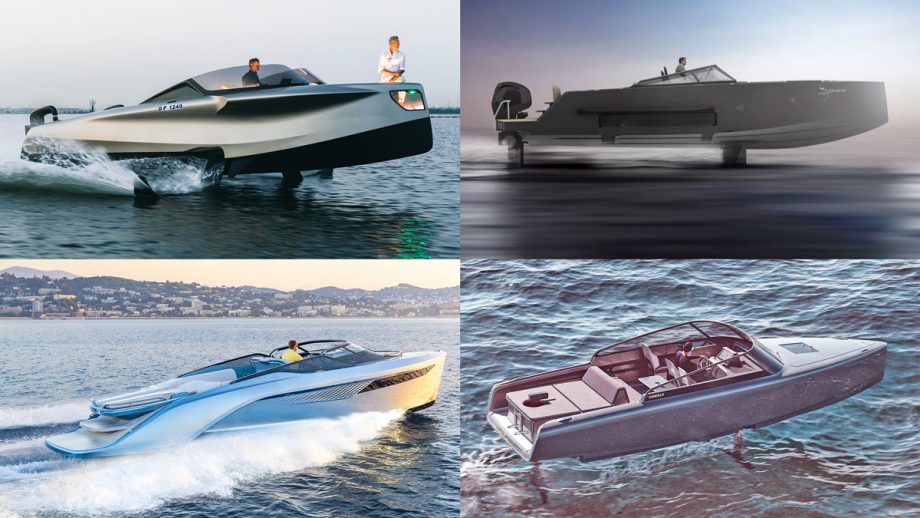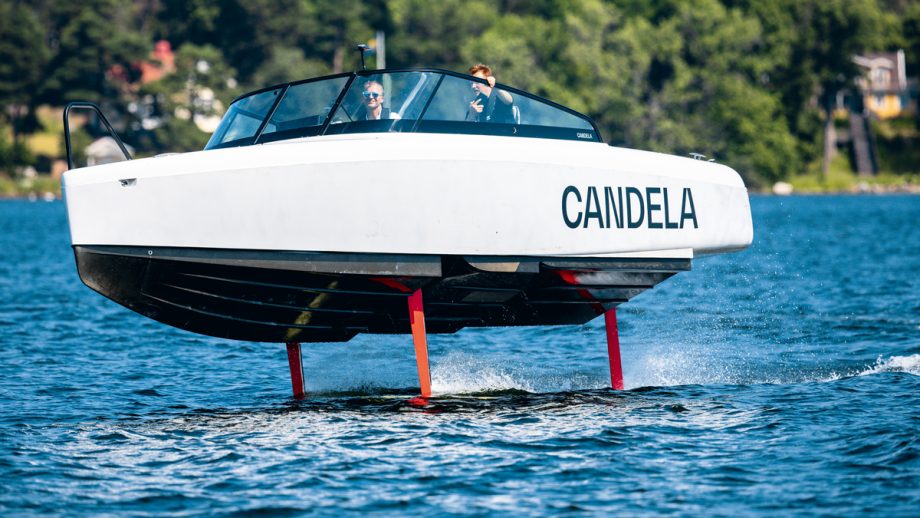Tyde Icon sea trial review: Is BMW’s €2m electric flying boat brilliant or bonkers?

A joint project between BMW and Tyde has created an extraordinary new foiling electric craft called The Icon, but how does it work and what is it like to drive? Hugo Andreae reports…

Is it a boat, is it a plane, is it the future or is it a fascinating but pointless publicity stunt? These are just some of the questions being asked about the most extraordinary new
craft of the year.
Built by German start-up Tyde and penned by Designworks, BMW’s futuristic skunkworks department, its stated mission is to “disrupt the luxury leisure world” and be “a radical change for good”. To ram home the point, Tyde named it The Icon and launched it in the full glare of the world’s media at the Cannes Film Festival.
It worked a treat, hoovering up column inches like a publicity-hungry starlet, but at some point every icon has to live up to its billing, and at the other Cannes festival in September – the Yachting one – we finally got a chance to put that to the test.
Before telling you what it’s actually like to drive, it’s worth spending a few minutes getting to grips with the people and technology behind this revolutionary new craft.
Tyde is the brainchild of two big hitters: Dr Christoph Ballin, one of the co-founders of Torqeedo electric motors, and Tobias Hoffritz, former Innovation Manager at BMW AG. No surprise then to learn that The Icon is powered by a pair of Torqeedo 100kW Deep Blue motors and fed by six 40kWh BMW i3 batteries.
Article continues below…

Best hydrofoil boats: 6 of the most spectacular foiling motorboats money can buy

Candela C-8 sea trial: World exclusive test of a sensational new ‘flying’ electric boat
But sticking a load of lithium ion cells and a pair of electric motors in a conventional planing hull that looked and drove like every other boat would have been greeted with a collective ‘meh’ and resulted in a craft with a very limited cruising range.
So instead they used another of Hoffritz’s contacts within BMW to come up with a far more arresting solution. The result is nothing if not original. With its origami-inspired latticework of glass, carbon fibre and steel, it is about as far from the traditional image of a luxury motor yacht as it’s possible to get.
Designed from the inside out, the idea is to redefine the concept of luxury by giving passengers the space, light and views to enjoy the unique sensory experience of ‘flying’ above the water in a near-silent hydrofoil boat.
The hull is made of conventional moulded GRP and looks to have more in common with a modern racing yacht than a traditional planing power boat.
Engineered by renowned naval architects J&J Design with foiling technology by America’s Cup guru Guillaume Verdier, it features an unusually wide, flat stern with a maximum beam of 14ft 9in (4.5m) that tapers towards a knife-like reverse-angled bow. As a result its waterline length of 42ft 6in (11.95m) is only a few inches short of its length overall.
Read Hugo’s full review of the Tyde Icon in the January 2024 issue of MBY, which is out on December 7.
Tyde Icon specifications
LOA: 43ft 2in (13.15m)
Draft: 14ft 10in (2.95m)
Motor: 2x 100kW Torqeedo Deep Blue
Top speed: 30 knots
Starting price: €1,900,000 (ex. VAT)
This article Tyde Icon sea trial review: Is BMW's €2m electric flying boat brilliant or bonkers? appeared first on Motor Boat & Yachting.
Source: https://www.mby.com/video/tyde-icon-review-bmw-electric-flying-boat-129910





